I am going through Computer Systems: A Programmer's perspective (CS:APP) and I had a doubt in the following practice problem -
Here the disassembler states in line B -0x58. However, the question mentions that the hex numbers are in two's complement form. AFAIK, the negative numbers in two's complement form are stated with 1 in the most significant bit (bit 31 here). This way, the actual negative two's complement hex representation of -88 should be 0xFFFFFFA8. Why does the disassembler not mention this?


